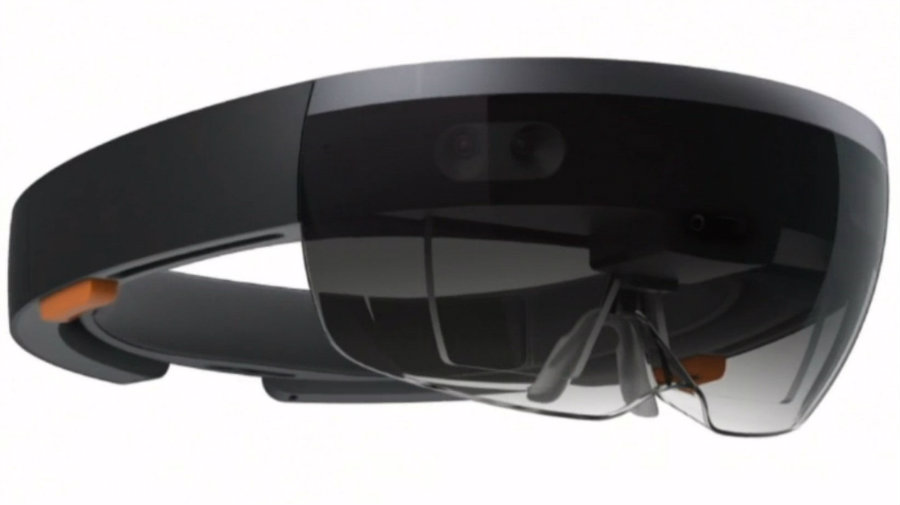Six new countries will be able to preorder the HoloLens, described as the first holographic, self-containing computer. The device will allow users to “interact with high-definition holograms in your world,” as stated on the official Microsoft web page.
The HoloLens is a “self-contained” Windows 10 computer with support for holograms. This smart-glasses headset was first announced in 2015 and had been in development for five years. It was originally conceived as the original pitch for what would become the Kinect platform back in 2007. It was codenamed “Project Baraboo” during development.

The HoloLens headset provides a natural user interface that can interact with through gestures, voice, and even gaze inputs. The user interacts with the holographic elements by tapping on them with their index fingers, users can also drag items.
Voice commands can be used to interact further with the system. Head-tracking techniques allow bringing application focus to whatever the user looks at. The device is the introduction for the Windows Holographic mixed reality platform.
Finally, other companies, such as Asus and Samsung Electronics, are interested in cooperating with Microsoft to create their own mixed reality headsets bases on Microsoft’s own HoloLens’ hardware and software.
Preorders for the device will start on Wednesday in the countries of Australia, New Zealand, Germany, the United Kingdom, Ireland and France, approximately six months and a half since the HoloLens Development Edition launched in the United States and Canada.
As such, anyone interested in purchasing the device can do it now. Customers can expect their devices to ship starting next month.
The HoloLens has the rather hefty price tag of three thousand dollars in the United States. It has been established that the prices in other territories will be based on the American one, accounting for regional differences.
Attracting developers
The decision to expand the countries that can preorder the HoloLens will allow for many more developers and companies across the globe to get their hands on the product, hopefully creating interest — and third-party support — for the device. The HoloLens runs the Windows 10 operating system, which runs the Windows Holographic platform.
Interested developers can simply pre-order the device from the Microsoft Store, without having to apply for them.
Not for the everyday user
The HoloLens is not only rather expensive, but it also has very little third party support. The Development Edition units are just that: meant for developers to start working with the device, hopefully creating or adapting apps for it.
The software for the HoloLens is also currently only available in English — it remains unknown when correctly localized versions will arrive.
The hardware is already being put to use by companies and organizations such as Volvo, Case Western University and the National Aeronautics and Space Administration (NASA) for business applications.
The everyday user will have to wait, no time frame for consumer availability is known, although the HoloLens Development Edition is considered to be consumer-ready.
Source: PC World
